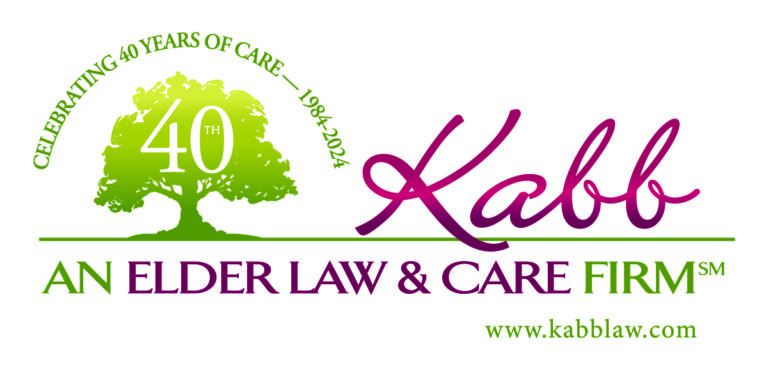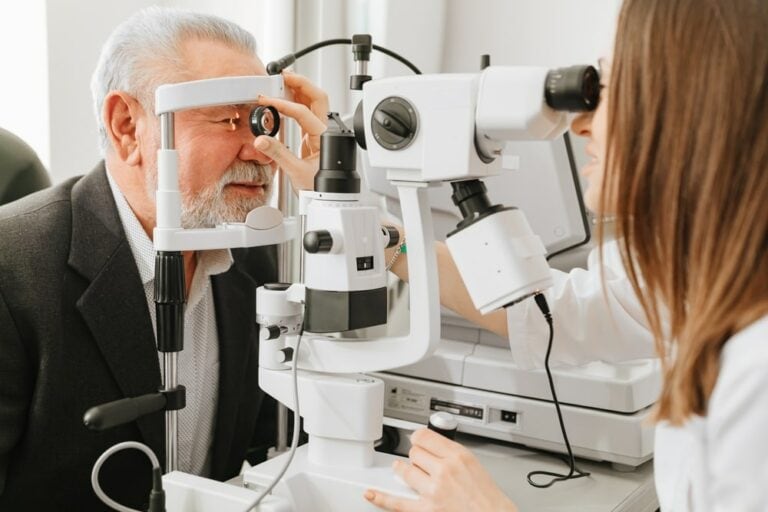March is Save Your Vision Month
As we age, we are at greater risk of developing common elderly eye conditions and diseases.
But vision loss doesn’t have to be accepted as a normal part of aging. Early detection and treatment can help protect vision and prevent vision loss.
Poor vision and vision loss make life challenging and can lead to a loss of independence and mobility.
The National Eye Institute recommends seeing your doctor if you notice any changes in your vision. This would be in addition to having a regular yearly eye doctor (ophthalmologist) examination.
Because March is “SAVE YOUR VISION MONTH,” I’ve decided to compile a list of five elderly eye conditions and the care and treatment of these conditions.
Five Elderly Eye Conditions and What to do About Them
Presbyopia:
By far the most common of the elderly eye conditions is presbyopia.
This is just a fancy way to say age-related farsightedness. Presbyopia is a natural part of aging. The first signs that you have presbyopia might be having trouble reading the fine print, needing more light to read, or having tired eyes.
Nearly every person will deal with some level of this disease. Fortunately, there are many options to correct nearsightedness—these range from eyeglasses and contact lenses to certain surgical solutions. Your eye doctor will recommend the treatment best for you.
Cataracts:
This is considered one of the most common issues with aging eyes.
More than 50% of Americans over the age of 80 have cataracts or have had them removed. It is caused by the proteins in your eye breaking down and clumping together. The result is fuzzy vision, faded colors, and the inability to see well at night.
The good news is that cataracts are highly treatable with a quick and painless surgical procedure. The ophthalmologist replaces the clouded lens with an artificial intraocular lens.
Age-Related Macular Degeneration (AMD):
This disease is prevalent among 20 million Americans 40 years and older. It is caused by changes in the macula, a key part of your retina, and hinders your ability to see objects clearly.
There are two kinds of this disease – dry and wet.
The treatment for dry AMD is limited. However, nutritional supplements can slow the progression from intermediate to advanced stages of the disease.
Wet AMD is treated with drugs that are injected into the eyes.
Dry Eye Syndrome:
It is not uncommon for everybody, no matter their age, to be dealing with dry eyes. But it is a prevalent condition with aging eyes because our bodies make fewer tears as we age.
By age 65, we definitely have some dry eye symptoms. The symptoms include redness, a stinging sensation, and other discomforts like blurred vision.
Dry eyes is one of the elderly eye conditions with no cure, but there is relief available in the form of over-the-counter saline lubricating drops. There are also prescription drugs if these don’t work.
Glaucoma:
This is the name of a group of conditions damaging the optic nerve and causing vision problems, including blindness. The nerve is located in the back of the eye.
Unfortunately, there are no symptoms in the early stages of the most common type of glaucoma (open-angle glaucoma), but it can be detected through a routine eye exam.
Make sure that your doctor checks for this condition as part of your exam. If you don’t respond quickly to relieve the pressure in your eye and protect your optic nerve, it can lead to total blindness.
Glaucoma is treated with topical eye drops or surgery.

Getting Routine Eye Exams is Key
There are, of course, other changes that can occur in your vision. I have mentioned only a few of the ones most common among our elders. Any time you notice changes in your ability to see clearly, it’s time to get an eye exam.
Don’t assume that because your eyes are aging, you will automatically have problems. Getting routine eye exams can go a long way in preventing vision problems. So, I encourage you to call for an eye exam during Save Your Vision Month this month.
Call our office at 216-991-5222 if you need help finding an ophthalmologist or for any other elder care considerations.

